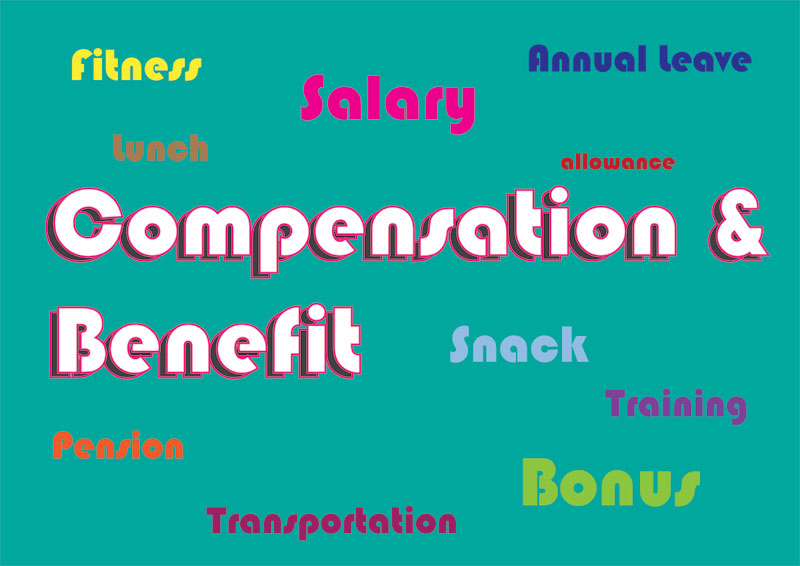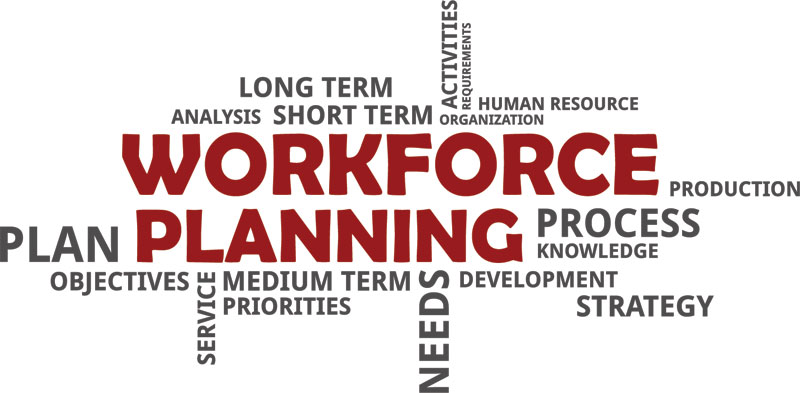By: Claudine Kapel and Alina Mitchell
Aligning rewards with business strategy, communicating programs help firms make most of total rewards.
Cost containment remains high on most organizations’ agendas, even with signs the economy is improving. Yet at the same time, many organizations still worry top talent could be lost as market conditions improve.
The resulting dynamics are prompting some organizations to revisit investments in total rewards – with an eye to finding the right balance between cost and value.
When assessing the effectiveness of an organization’s total rewards offering, consider the following five questions.
- Does the total rewards offering contribute to the success of the business?
An effective total reward offering helps an organization attract and retain the right talent. It also fosters strong organizational performance through compensation plans and other programs that elicit desired behaviors and results.
Some vital signs to monitor include:
*Organizational expenditures related to total rewards. Monitor overall costs as a percentage of revenue, as well as year over-year increases in the cost of individual reward elements, such as base pay, benefit claims or disability insurance premiums.
*Employee turnover statistics. Note any jobs or areas with higher than acceptable levels or any trends or concerns emerging from exit interviews.
*Time and cost to fill vacant positions. Highlight any job types that are especially hard to fill, or skill sets that are particularly hard to find.
*The extent to which employee performance objectives are achieved and how this correlates with business performance and financial results. Identify any areas of concern with consideration to goal setting, performance management, employee development and talent gaps.
*The alignment between compensation payouts and the overall financial results of the organization. Note any disconnects between pay and performance or any issues relating to the internal fairness of compensation awards such as salary increases or bonuses.
An effective total rewards approach contributes to the near- and long-term success of an organization. By monitoring costs and other vital statistics, HR can more readily identify the need for corrective action.
- Is the total rewards offering competitive?
There are two major types of considerations when it comes to assessing the competitiveness of a total rewards package: the level of investment (both overall and by program) and the types of programs offered. With good market data, HR should be able to assess the competitiveness of compensation programs, including base pay, annual incentive opportunities and long-term incentive opportunities. Some consulting firms also conduct surveys that enable organizations to assess the competitiveness of the pension and benefits plans and paid time off policies.
Some vital signs to monitor include:
*The market positioning of an organization’s compensation opportunities relative to competitors.
*The level of value delivered to employees by an organization’s total rewards programs relative to what is offered by competitors (such as how the benefits package or retirement savings plan compares to market practice).
*The types of programs an organization offers versus competitors.
Effective total rewards include both monetary elements, such as pay and benefits, as well as non-monetary elements, such as satisfying work, development opportunities and a great work climate. To that end, the right balance or mix of total rewards elements for one organization may not work at other organizations.
One organization, for example, may want to attract more risk-takers or those with a more entrepreneurial spirit, and so may lag the market in terms of base pay but lead in terms of annual and long-term incentive opportunities. Conversely, another organization may want to appeal to those seeking more work-life balance and choose to pay less than competitors but offer more flexible work arrangements or paid time off.
The key is to ensure decisions related to investments in total rewards reflect an organization’s overall strategy for aligning total rewards with the needs of the business.
- Do the total rewards meet employee needs?
To effectively attract and retain talent, a total reward offering has to deliver value to employees. While most workers generally want a fair and competitive pay package, good benefits and opportunities for learning and advancement, priorities will vary by individual and demographic group. For example, older workers may put more emphasis on the importance of a retirement savings plan while younger workers may be more concerned about career opportunities.
Personal circumstances also influence priorities. For example, an employee with benefits coverage through a spouse’s plan may have little interest in an organization’s benefits program. That’s why flexible benefit programs, which allow employees to select from different levels of coverage, are so popular.
Some important signs to monitor include:
*employee feedback gathered either informally or through employee surveys or focus groups
*the level of employee participation in programs with voluntary enrolment
*turnover statistics
*feedback from recruitment interviews with respect to job offers
*feedback from exit interviews.
- Do employees understand the total rewards?
While having a strategically sound and well-designed total rewards offering is vital, its value won’t be fully realized if employees don’t understand all the pieces and how they come together. Effective and ongoing communication will help ensure employees appreciate the many facets of their employment deal.
Some vital signs to monitor include:
*repeated employee questions about how particular programs work
*complaints or concerns about the effectiveness or fairness of particular programs
*participation rates in voluntary programs.
Effective total rewards communication supports an organization’s efforts to both retain talent and foster strong performance. When employees understand the complete package, they can make more informed career choices and are less likely to leave for a job that offers higher pay but a less comprehensive benefits package.
Reward programs operate more smoothly – and can have a more positive impact – when they are clearly understood. For example, incentive plans can have a more powerful impact on performance when employees understand what is expected of them and how their contributions are rewarded.
- How would you reduce total rewards costs by 10 per cent?
While there’s rarely an easy or obvious answer, the same considerations used to shape a total reward offering apply when refining one. What changes will have the least adverse impact on the organization’s ability to attract, retain and engage talent and to achieve its business objectives? By understanding what matters most to employees, an organization may be able to identify programs that deliver limited value, making them easier to cut or eliminate.







